RESTORE YOUR SMILE IN A DAY
A dental implant is an artificial tooth root placed into the jaw to hold a prosthetic tooth or bridge. It's an ideal solution for people who have lost teeth due to periodontal disease, injury, or other reasons, and prefer not to use dentures. Dental implants look, feel, and function like natural teeth.
Types of Dental Implants
Endosteal (in the bone):
- Most common type
- Includes screws, cylinders, or blades surgically placed into the jawbone
- Each implant can hold one or more prosthetic teeth
- Alternative for patients with bridges or removable dentures
Subperiosteal (on the bone):
- Placed on top of the jaw with metal framework posts protruding through the gum
- Used for patients unable to wear conventional dentures
- Suitable for those with insufficient bone height for endosteal implants
Are You a Candidate for Dental Implants?
You're an Ideal candidate for a dental implant if:
- You're in good general and oral health
- You have adequate bone in your jaw to support the implant
- You have healthy gum tissues that are free of periodontal disease
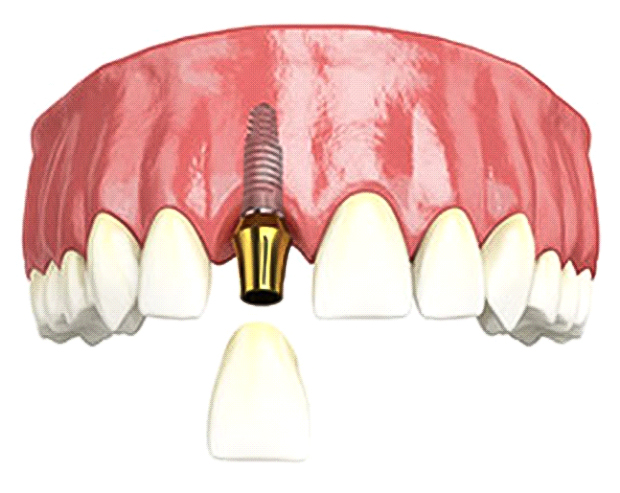
Single Tooth Dental Implants
Advantages:
- Replaces a single tooth without impacting adjacent teeth
- Prevents bone resorption and gum recession
- More esthetic and easier to maintain than a bridge
- Preserves the integrity of surrounding teeth
Procedure:
- Implant placed in the jawbone
- Healing period (2–6 months)
- Crown attached to abutment
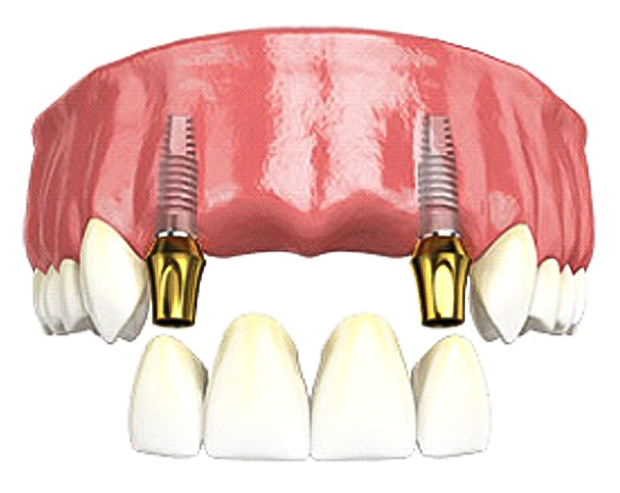
Multiple Tooth Dental Implants
Advantages:
- Replace several teeth without relying on adjacent teeth
- Preserve bone health and prevent gum recession
- More natural-looking and functional than bridges or partial dentures
- Easier maintenance compared to removable partial dentures
- More comfortable than a tooth-supported bridge or a removable partial denture
- Improve ability to eat and speak normally
Procedure:
- Implant placed in the jawbone
- Healing period for osseointegration (2–6 months)
- Bridge attached to abutments
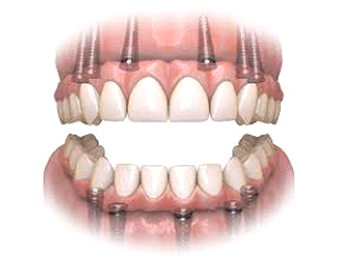
Full Mouth Dental Implants
Advantages:
- Look and function like natural teeth
- Long-lasting and more stable than conventional dentures
- Preserve jawbone health and natural smile
- Require less maintenance than conventional dentures
- Allow for more natural biting and chewing
- Improve ability to eat and speak normally
Procedure:
- Implants inserted into the jawbone
- Healing period for osseointegration (2–6 months)
- Abutments attached, followed by prosthetic teeth
Three Choices for Replacing a Full-Arch
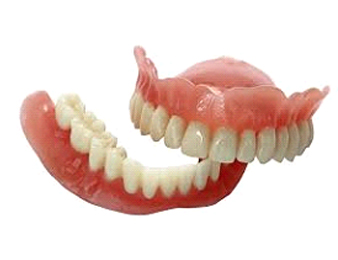
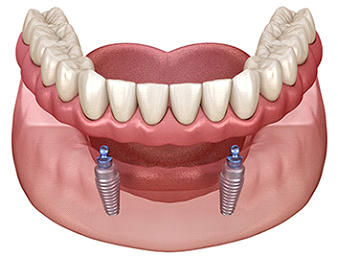
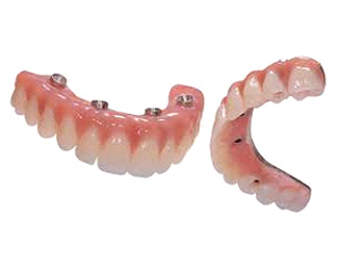
How will the implants be placed?
There are three components to an implant-supported bridge:
- The implants, which look like screws or cylinders and are placed into your jaw.
- The prosthetic (artificial) teeth, which look and function like healthy, natural teeth.
- The abutments that are inserted into the implants and allow the new teeth to connect to the implants.
The first step of the procedure is usually to use a scalpel to create and peel back two gum flaps to expose the underlying jawbone. (In some cases it may be possible to access the jawbone through a small circular incision rather than by raising tissue flaps.) A hole will then be drilled into the jawbone to make room for the implant, and the implant will be inserted. This process will be repeated for all of the implants. It may be possible for temporary teeth to be worn over the implant sites. If not, a temporary healing cap will be screwed into the top of each implant to seal off the implant’s interior from the surrounding oral environment. The two flaps of gum tissue will then be trimmed, shaped, and repositioned back over the jawbone and around the implant’s healing cap. A few sutures will be placed to hold the gum tissue in place; the sutures will be removed in seven to ten days.
During the following two to six months, the implants and the bone will be allowed to bond together to form anchors for your new teeth. It will then be time to uncover the implants, remove the temporary healing caps (or the temporary teeth), and attach the abutments. Your gums will be allowed to heal for a couple of weeks following this procedure.
Finally, the replacement teeth created to replicate your natural teeth will be attached to the abutments. After a short time, you will experience restored confidence in your smile and your ability to chew and speak normally.
BETTER QUALITY OF LIFE
Many of our patients find that they enjoy a better quality of life with dental implants. These tooth replacement solutions can help you eat and speak properly, improve the esthetics of your smile, and help you feel more confident when smiling.
